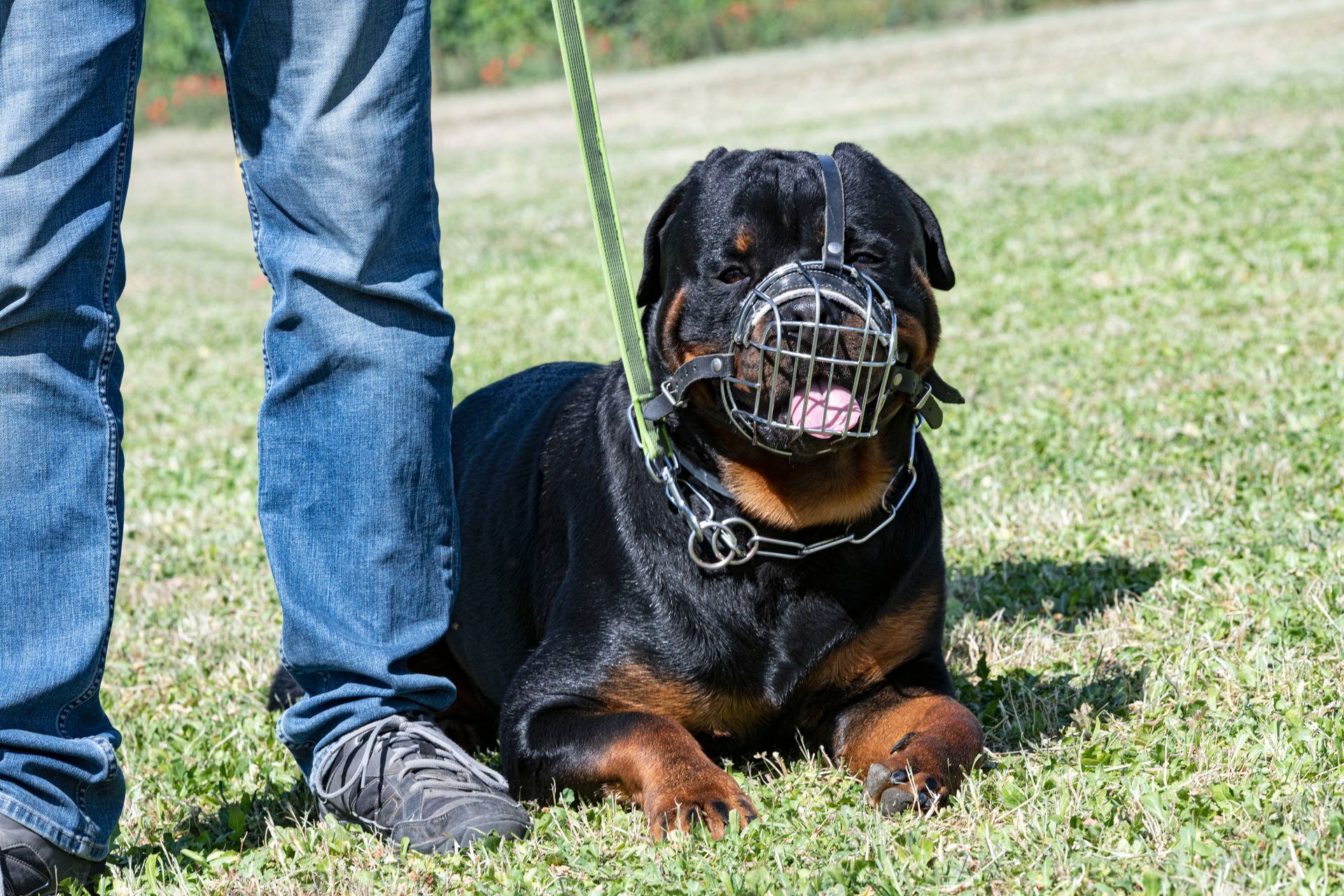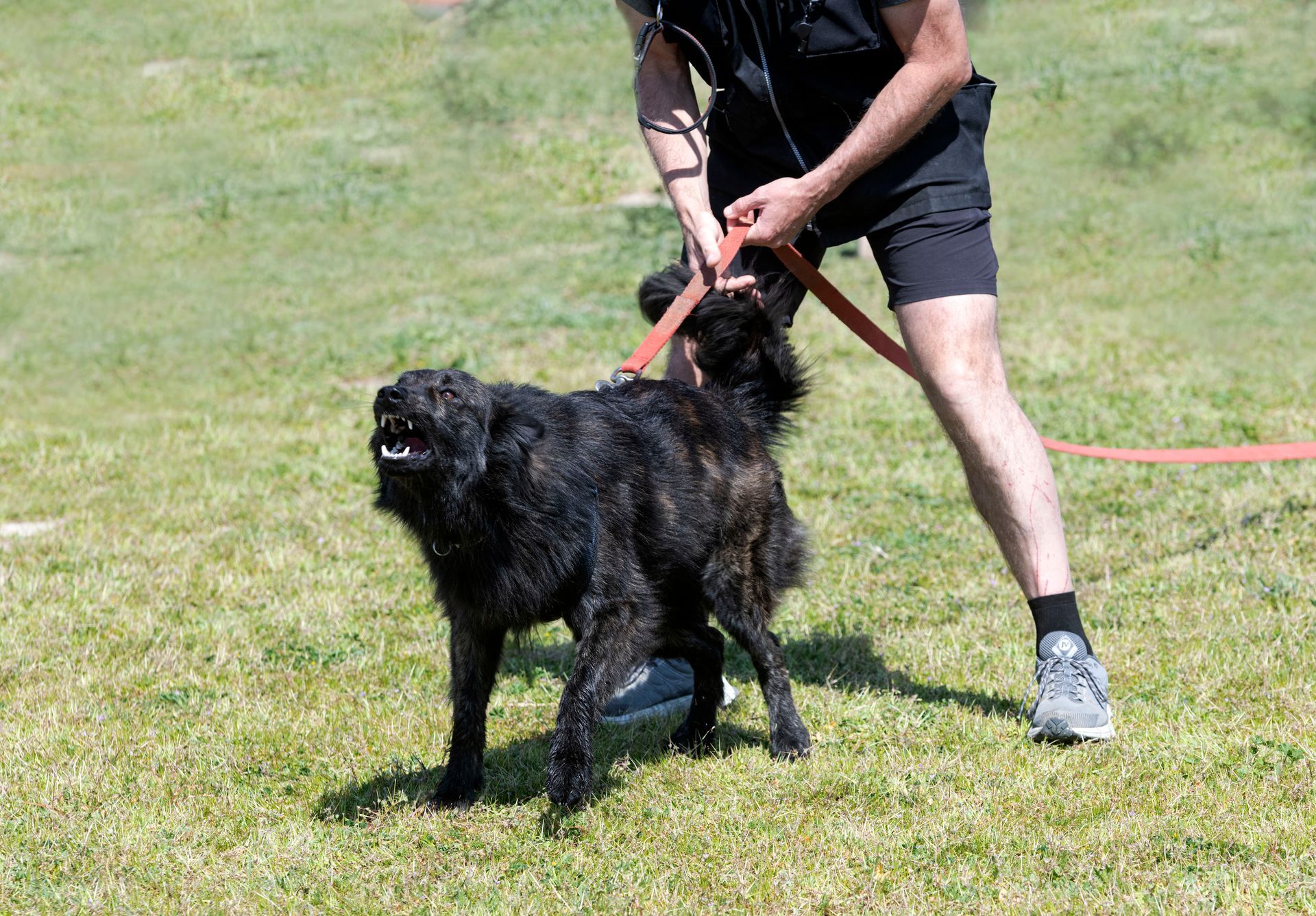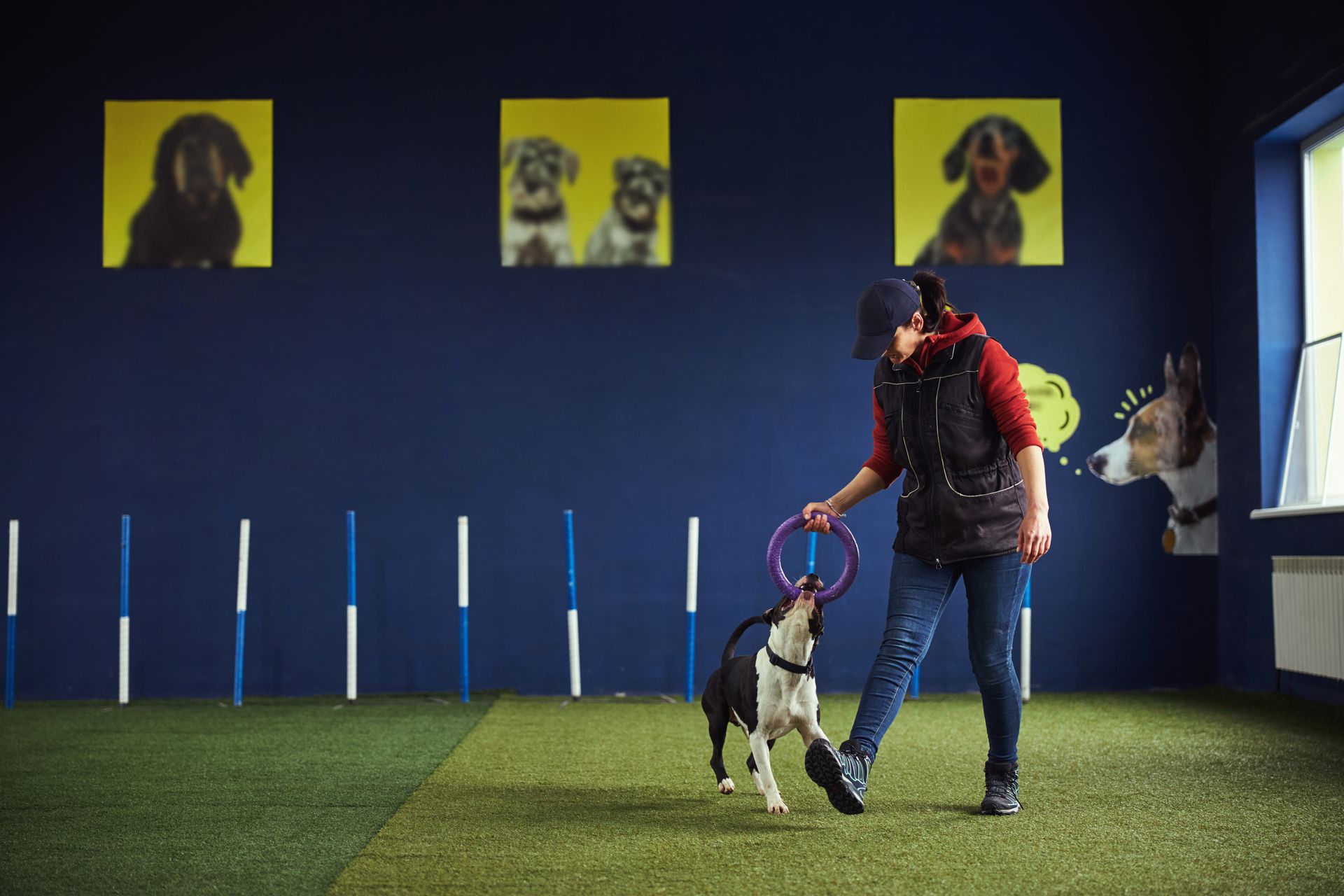Don't Call Christina Later, Call Christina Now
Follow us
Who is Most Likely to Get a Dog Bite?
Viewer Discretion Advised
Some images in this post may be intense or graphic, as they are from K9 training camps. Please proceed with caution.
Understanding Dog Bite Risks: Who’s Most Vulnerable and Why
Dog bites are a serious public health issue in the United States, with millions of incidents occurring every year. While any person can be bitten by a dog, certain groups are at higher risk for these injuries. Understanding who is most likely to be bitten by a dog can help prevent these incidents and protect individuals from harm. In this blog, we’ll explore the groups that are most vulnerable to dog bites, why they are at higher risk, and what you can do to reduce the chances of being bitten.
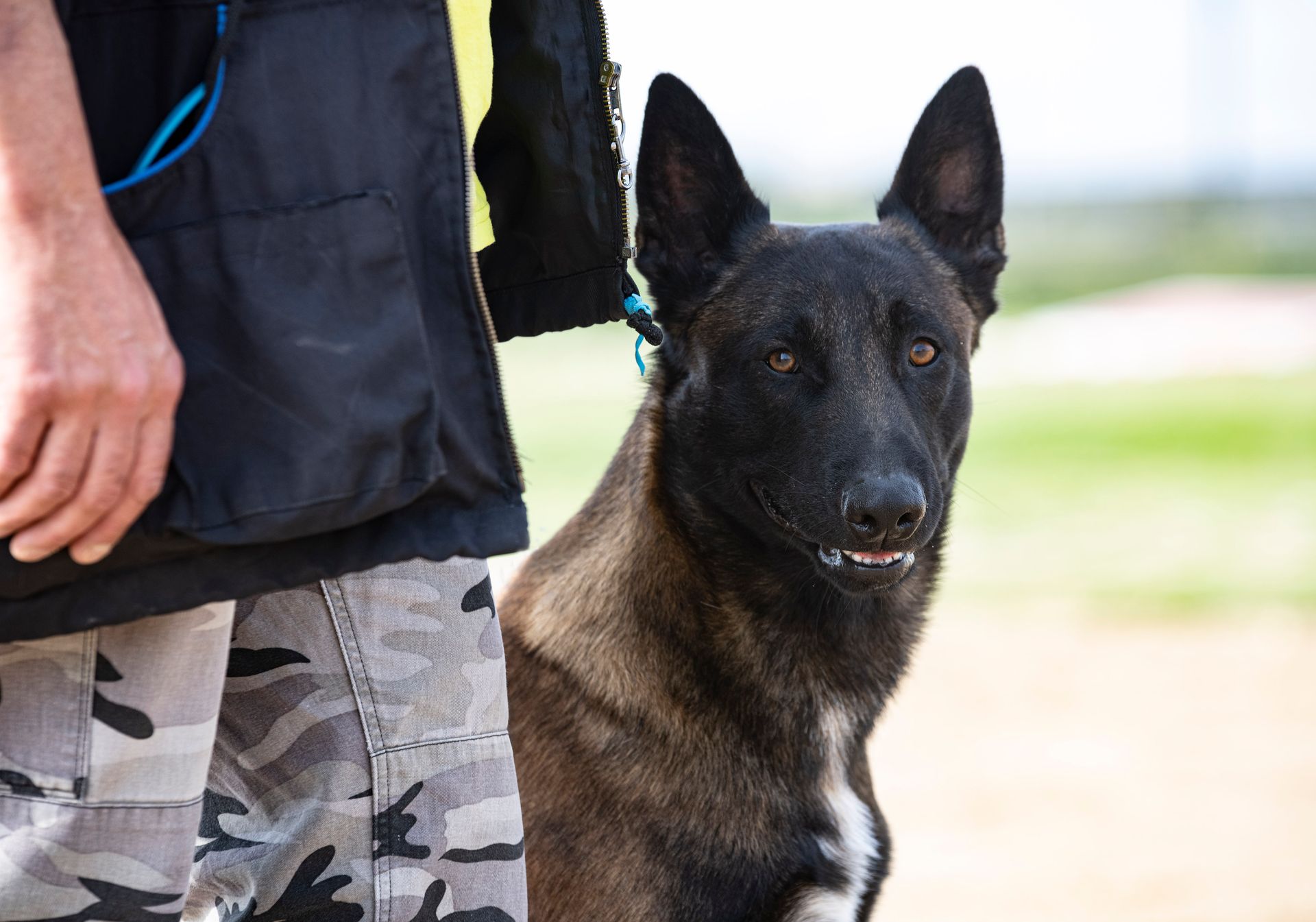
Why Understanding Dog Bite Risk is Important: Dog bites can lead to painful injuries, infections, and in some cases, long-term health issues. Additionally, dog bite victims may be entitled to compensation for medical expenses, pain, and suffering if the bite occurred due to negligence. By identifying the groups most at risk, we can work together to prevent these incidents and educate both dog owners and the general public on how to stay safe around dogs.
1. Children:
The Most Vulnerable Group
Why Children Are at High Risk:
Children, especially those under the age of 10, are at the highest risk for dog bites. Their size, behavior, and lack of experience interacting with animals make them more likely to provoke or be unintentionally harmed by a dog. Children are often drawn to pet dogs, and their excitement or sudden movements may cause a dog to react in a way that leads to a bite.
1. Children: The Most Vulnerable Group
Why Children Are at High Risk:
Children, especially those under the age of 10, are at the highest risk for dog bites. Their size, behavior, and lack of experience interacting with animals make them more likely to provoke or be unintentionally harmed by a dog. Children are often drawn to pet dogs, and their excitement or sudden movements may cause a dog to react in a way that leads to a bite.
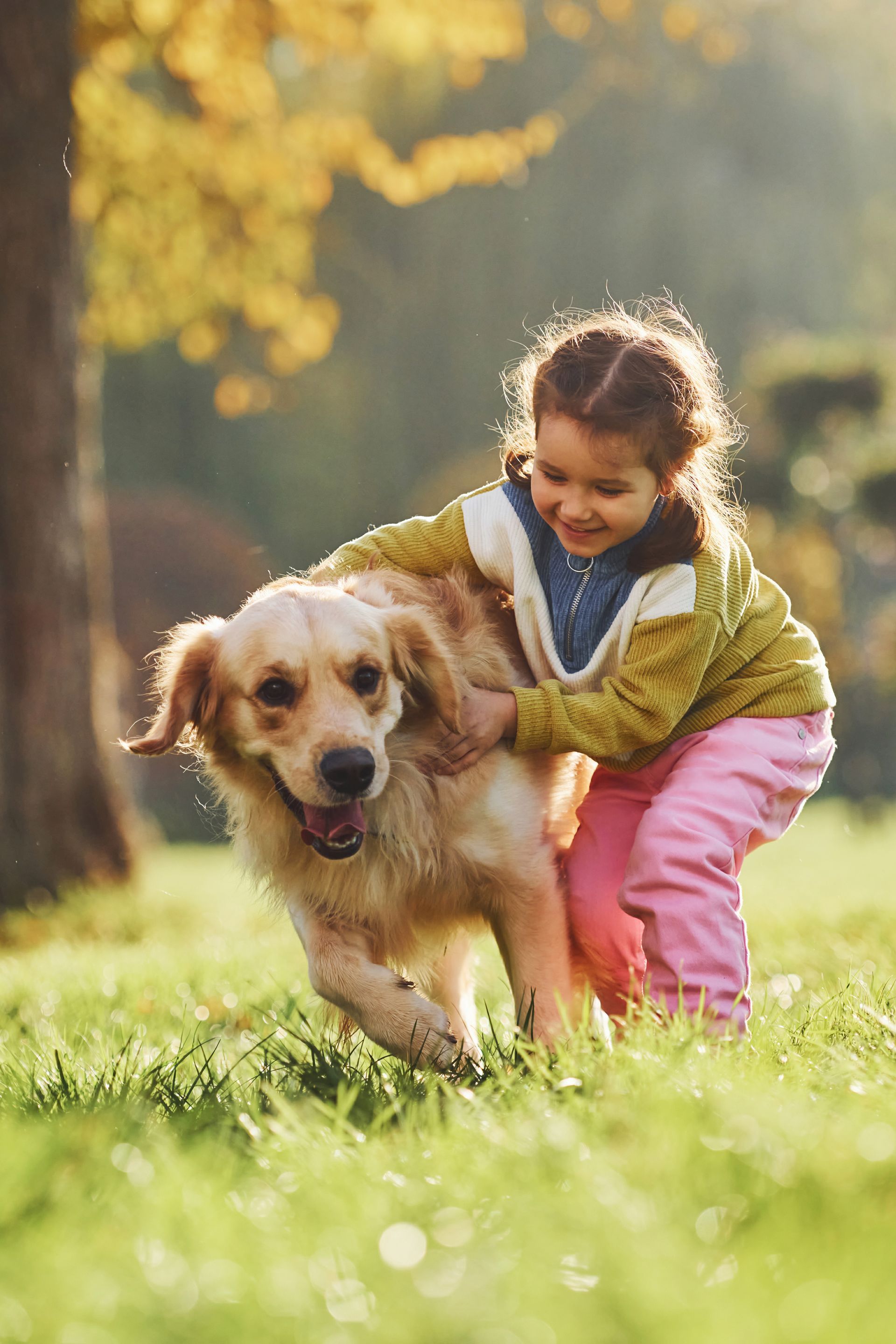
Common Risk Factors:
Approaching Dogs Without Caution: Children may run up to a dog without understanding how to approach it safely.
Playing Rough: They might unintentionally provoke a dog by playing too roughly or grabbing at its ears, tail, or food.
Inability to Recognize Warning Signs: Unlike adults, children may not notice when a dog is stressed, scared, or feeling threatened, which can lead to a bite.
Common Risk Factors:
Approaching Dogs Without Caution: Children may run up to a dog without understanding how to approach it safely.
Playing Rough: They might unintentionally provoke a dog by playing too roughly or grabbing at its ears, tail, or food.
Inability to Recognize Warning Signs: Unlike adults, children may not notice when a dog is stressed, scared, or feeling threatened, which can lead to a bite.

2. The Elderly:
Facing Increased Vulnerability
Why Seniors Are at Risk:
The elderly are another group that faces an increased risk of dog bites. As people age, their mobility, reflexes, and overall ability to respond to a situation quickly may decline. Seniors may have difficulty escaping a dog’s aggression or protecting themselves if a dog becomes overly excited or aggressive. Additionally, older individuals may be more prone to falls or severe injury as a result of a dog bite.
2. The Elderly: Facing Increased Vulnerability
Why Seniors Are at Risk:
The elderly are another group that faces an increased risk of dog bites. As people age, their mobility, reflexes, and overall ability to respond to a situation quickly may decline. Seniors may have difficulty escaping a dog’s aggression or protecting themselves if a dog becomes overly excited or aggressive. Additionally, older individuals may be more prone to falls or severe injury as a result of a dog bite.
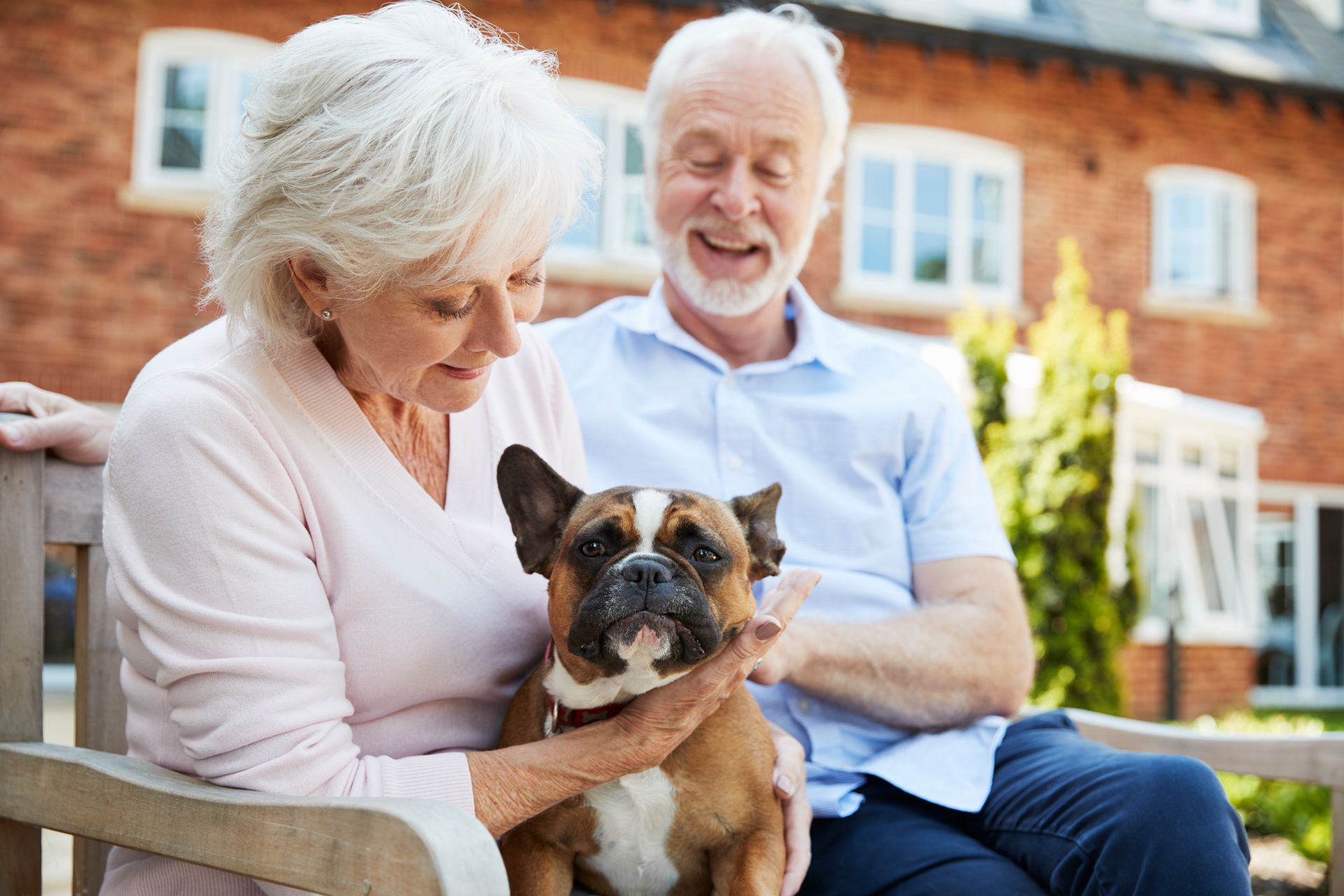
Common Risk Factors:
Slow Reflexes: Older individuals may not be able to react quickly enough to avoid a bite.
Medical Conditions: Certain health issues or medications can impact a senior’s ability to interact safely with dogs.
Living Alone: Seniors who live alone may be more likely to encounter aggressive dogs without assistance.
3. Dog Owners:
The Risk of Their Own Pets
Why Dog Owners Are at Risk:
Ironically, dog owners themselves are also at risk of being bitten by their pets. While most dog bites happen outside of the owner’s household, some bites occur when a dog feels threatened, anxious, or protective. It’s important for owners to understand their dog’s behavior and triggers to prevent these types of incidents.
3. Dog Owners: The Risk of Their Own Pets
Why Dog Owners Are at Risk:
Ironically, dog owners themselves are also at risk of being bitten by their pets. While most dog bites happen outside of the owner’s household, some bites occur when a dog feels threatened, anxious, or protective. It’s important for owners to understand their dog’s behavior and triggers to prevent these types of incidents.
Common Risk Factors:
Lack of Training: If a dog is not properly trained or socialized, it may become aggressive in certain situations, such as during play or when food is involved.
Provocation by Owners: Some owners may unknowingly provoke their dogs by rough handling, teasing, or not providing enough space for the dog to feel safe.
Failure to Recognize Warning Signs: Even dog owners may miss subtle signals that their dog is stressed, anxious, or territorial, increasing the risk of being bitten.
Common Risk Factors:
Lack of Training: If a dog is not properly trained or socialized, it may become aggressive in certain situations, such as during play or when food is involved.
Provocation by Owners: Some owners may unknowingly provoke their dogs by rough handling, teasing, or not providing enough space for the dog to feel safe.
Failure to Recognize Warning Signs: Even dog owners may miss subtle signals that their dog is stressed, anxious, or territorial, increasing the risk of being bitten.
4. Postal Workers and
Delivery Personnel:
At High Risk for Dog Bites
Why Delivery Workers Are Vulnerable:
Postal workers, delivery drivers, and other individuals who regularly interact with households are also at high risk for dog bites. Many dogs are territorial and may feel threatened by strangers approaching their property, particularly when someone is delivering a package or mail. Postal workers face a higher risk because they frequently encounter unfamiliar dogs.
4. Postal Workers and Delivery Personnel: At High Risk for Dog Bites
Why Delivery Workers Are Vulnerable:
Postal workers, delivery drivers, and other individuals who regularly interact with households are also at high risk for dog bites. Many dogs are territorial and may feel threatened by strangers approaching their property, particularly when someone is delivering a package or mail. Postal workers face a higher risk because they frequently encounter unfamiliar dogs.

Common Risk Factors:
Unfamiliar Territory: Delivery workers often approach homes they’ve never been to before, which can provoke an unfamiliar dog.
No Control Over the Situation: These workers often cannot control the situation, especially if the dog is unsupervised or not behind a gate.
Repeated Encounters: The frequency of delivery may lead to dogs becoming accustomed to the mail carrier, but some dogs may still react aggressively.
5. People Working with Dogs: Trainers and Veterinarians
Why Professionals Are at Risk:
Professionals who work closely with dogs, including dog trainers, groomers, and veterinarians, are also at risk for dog bites. These individuals interact with animals that may be anxious, frightened, or in pain, which can lead to defensive behavior and biting.
Common Risk Factors:
Handling Anxious Dogs: Dogs that are fearful or aggressive are more likely to bite during grooming or medical procedures.
Managing Unpredictable Behavior: Trainers or vets might work with dogs that are not properly socialized or have aggressive tendencies.
Close Proximity to Dogs: Being in close proximity to dogs increases the likelihood of being bitten, especially when animals feel threatened or stressed.
Common Risk Factors:
Handling Anxious Dogs: Dogs that are fearful or aggressive are more likely to bite during grooming or medical procedures.
Managing Unpredictable Behavior: Trainers or vets might work with dogs that are not properly socialized or have aggressive tendencies.
Close Proximity to Dogs: Being in close proximity to dogs increases the likelihood of being bitten, especially when animals feel threatened or stressed.
6. Strangers and Unfamiliar People: The Unexpected Risks
Why Strangers Are at Risk:
Strangers—especially those who are unfamiliar with a dog—are also at a high risk of being bitten. Dogs are often protective of their territory and may react aggressively to someone they don’t recognize, even if that person means no harm. This can be especially true if the dog has not been properly socialized or if it feels cornered.
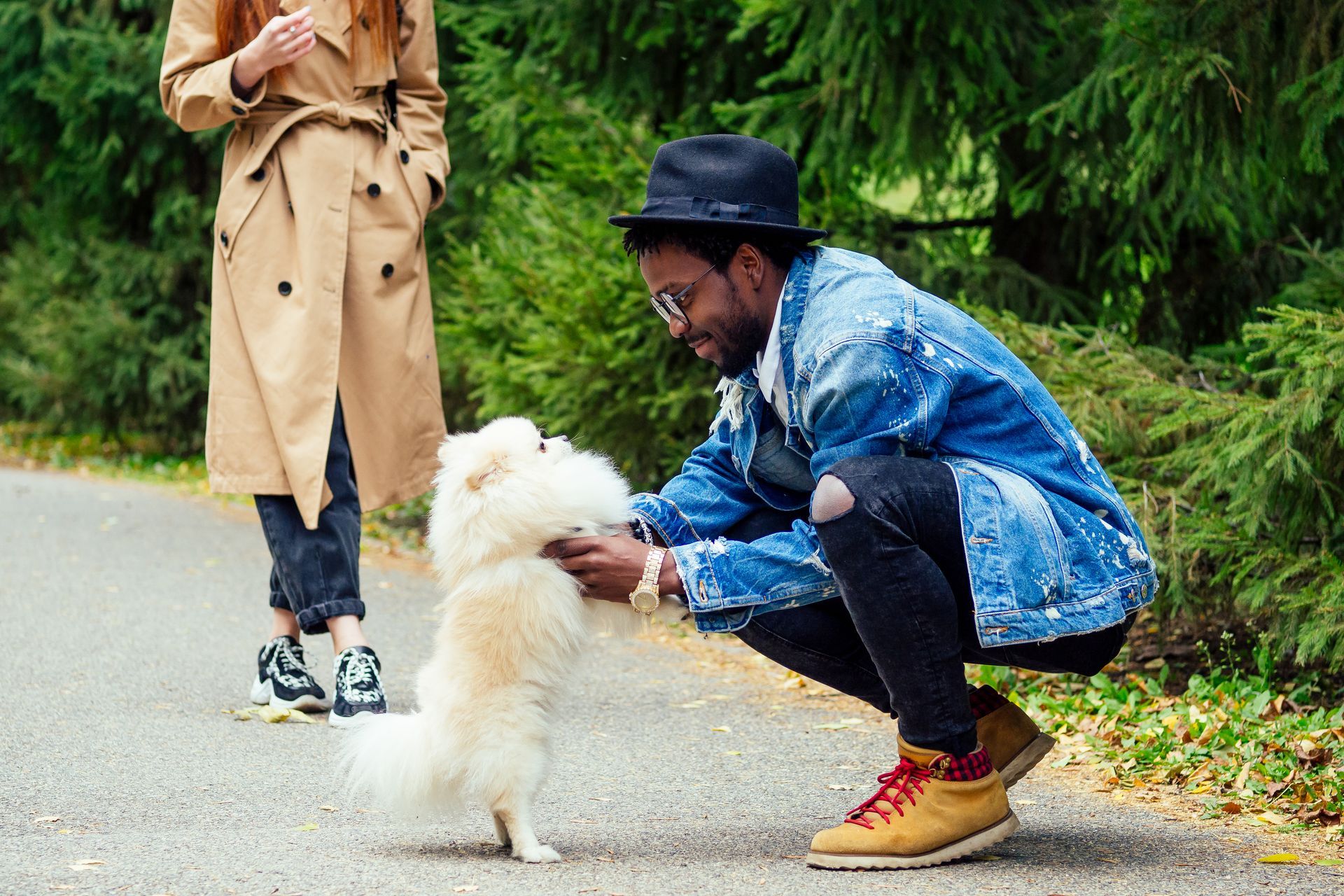
Common Risk Factors:
Unfamiliarity with the Dog: Strangers who are unfamiliar with a dog’s behavior are more likely to approach it in a way that provokes aggression.
No Warning Signals: The dog may not show obvious signs of aggression before biting, making it more difficult for a stranger to react.
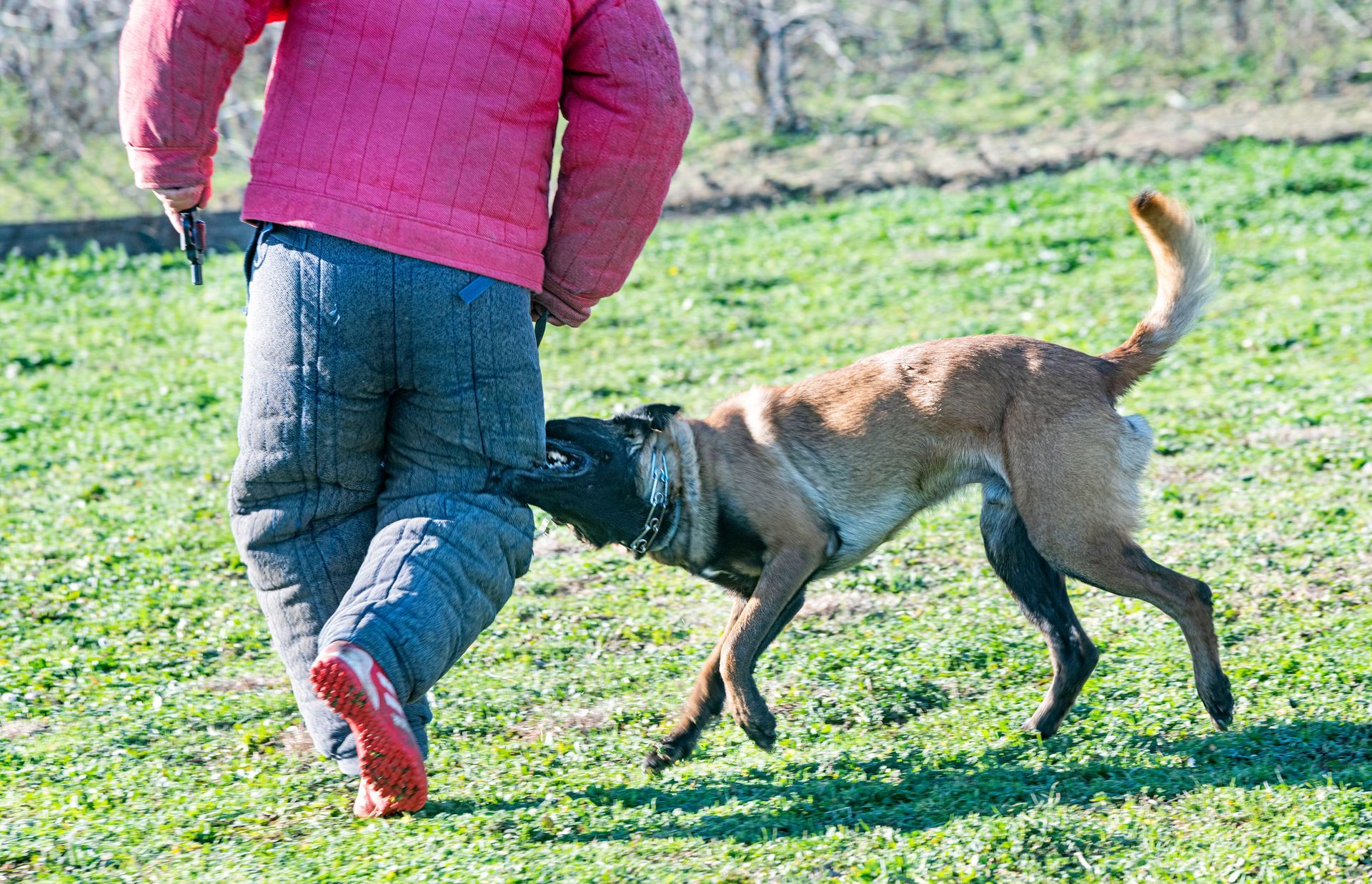
Dog bites can happen to anyone, but certain groups are at higher risk due to factors like age, mobility, and experience with dogs. By understanding who is most likely to be bitten and why, we can take the necessary steps to prevent these incidents and ensure safety for everyone. Whether you’re a parent, senior, dog owner, or someone who works with dogs, knowing the risks and acting cautiously can help keep you and others safe.
If you or a loved one has been bitten by a dog, it’s important to seek medical care and understand your options. Contact us today for assistance, and we’ll connect you with the right professionals who can help you navigate the recovery process.
Quick & Reliable
We are available 24/7 to Guide You to Better Health.
CALL CHRISTINA NOW is here to help 24 hours a day, 7 days a week, offering free and compassionate support. When you call us, we'll listen to your concerns, understand the specifics of your accident, help you find medical care for your injuries, and connect you with a professional who can advise you on the legal aspects of your situation.
CALL CHRISTINA NOW specializes in assisting with Lawyer and Medical Accident matters. If you've been in a car, motorcycle, or truck accident—or any other kind of accident—contact us today for trustworthy support.
DISCLAIMER:
CALL CHISTINA NOW isn't a law firm and can't provide legal advice, but we can refer you to the right attorney who can.
All Rights Reserved | Call Christina Now
Copyright © Call Christina Now Offers All Rights Reserved 2025
View Our Privacy Policy | Terms & Conditions | Disclaimer

